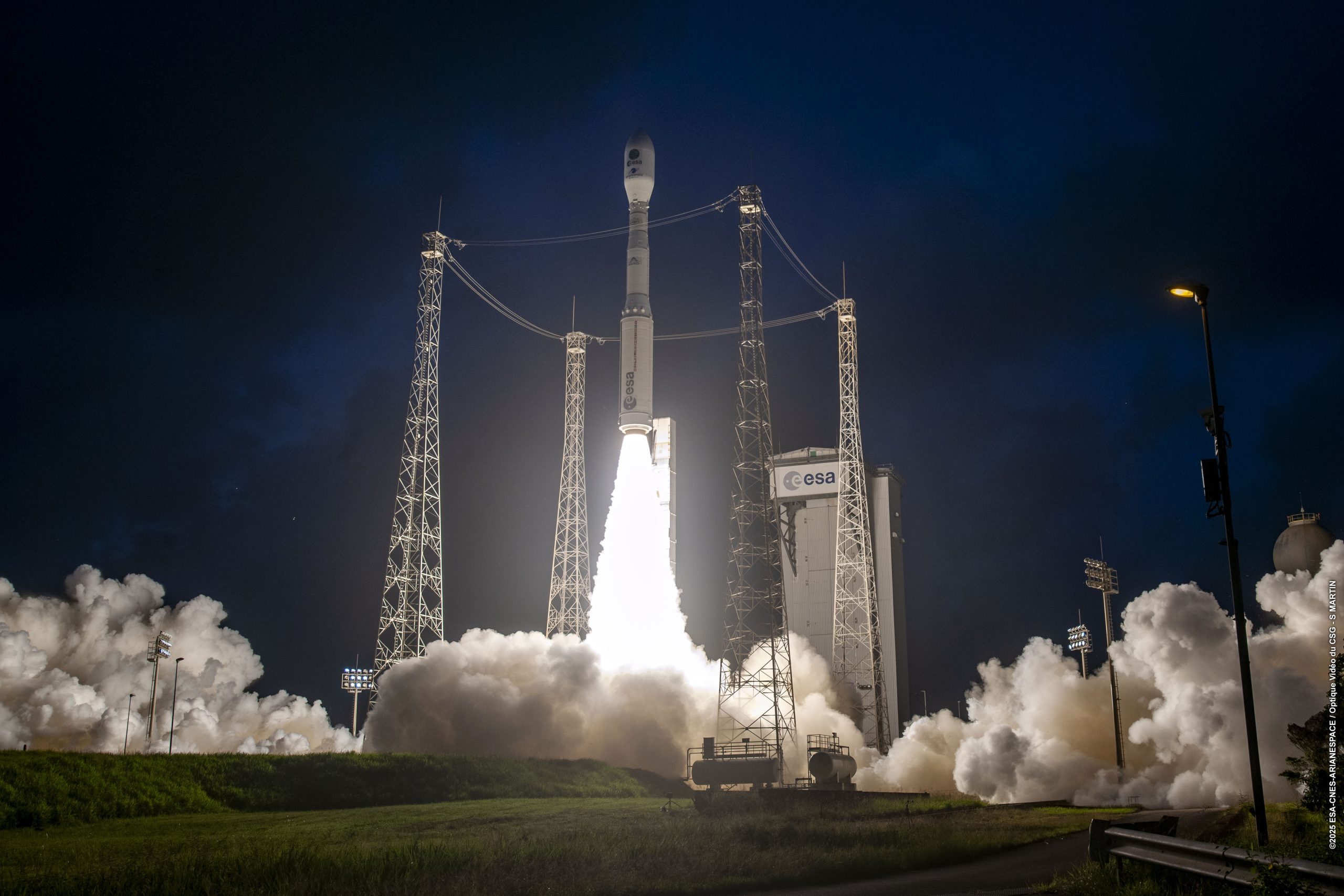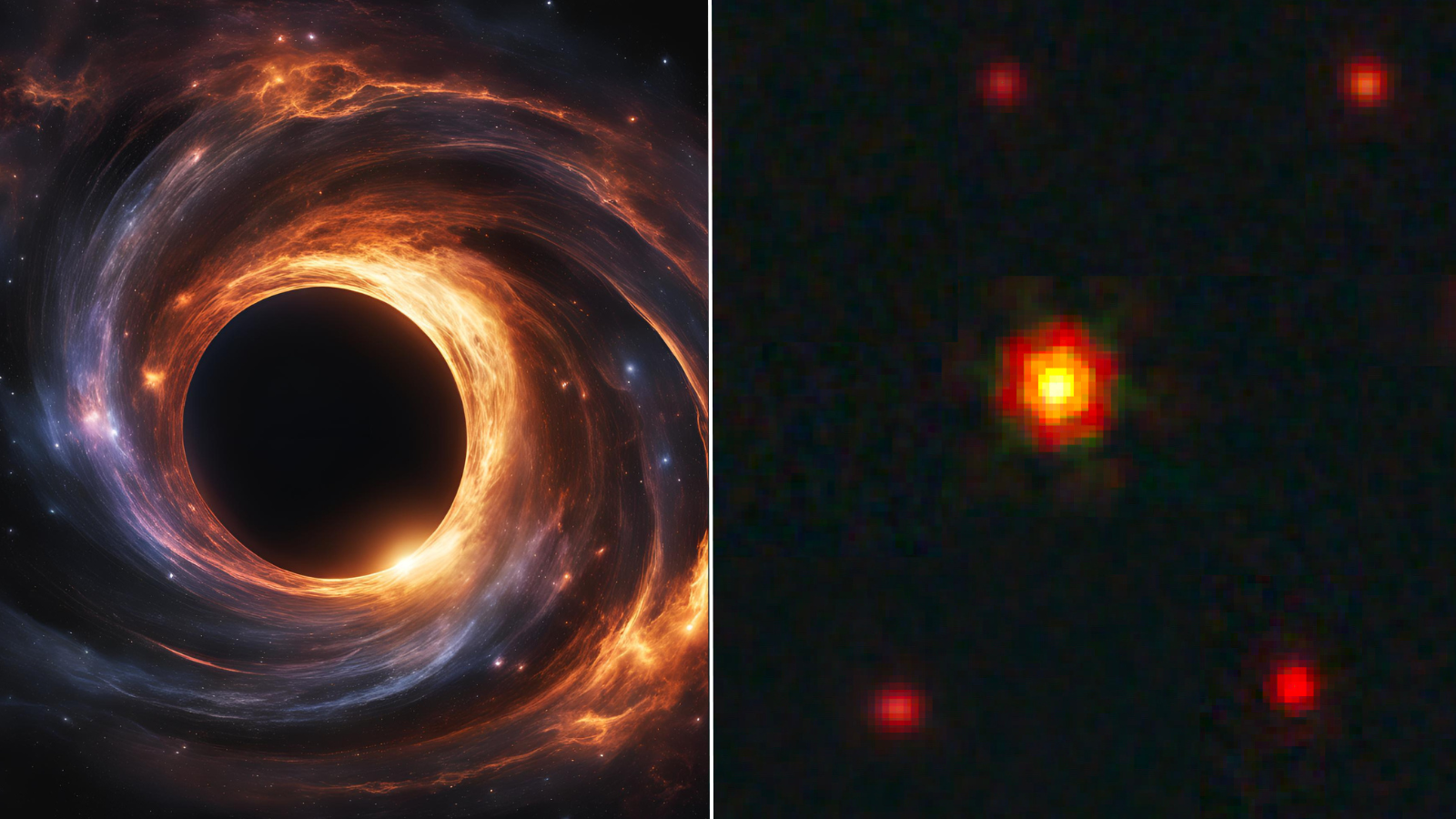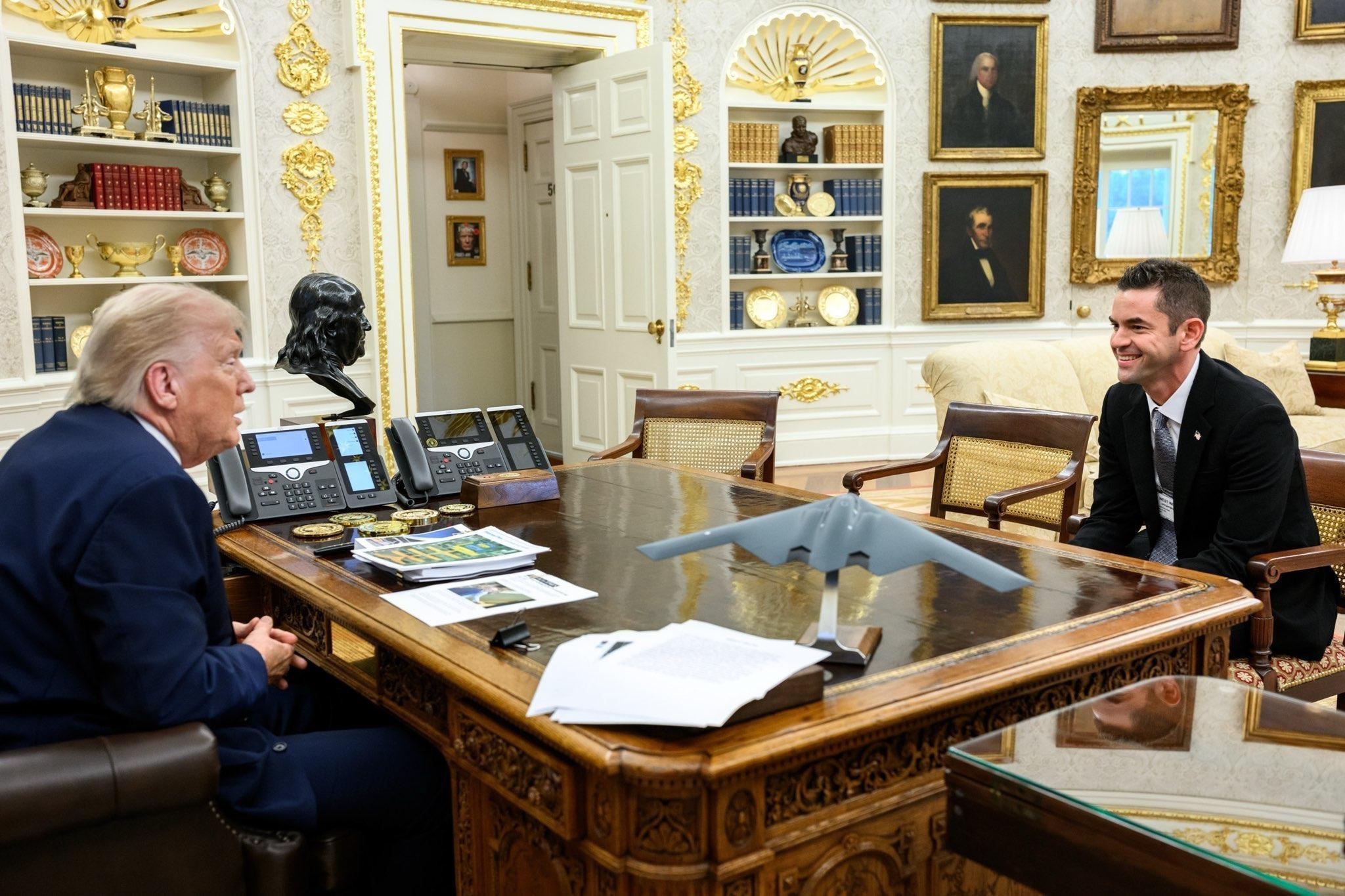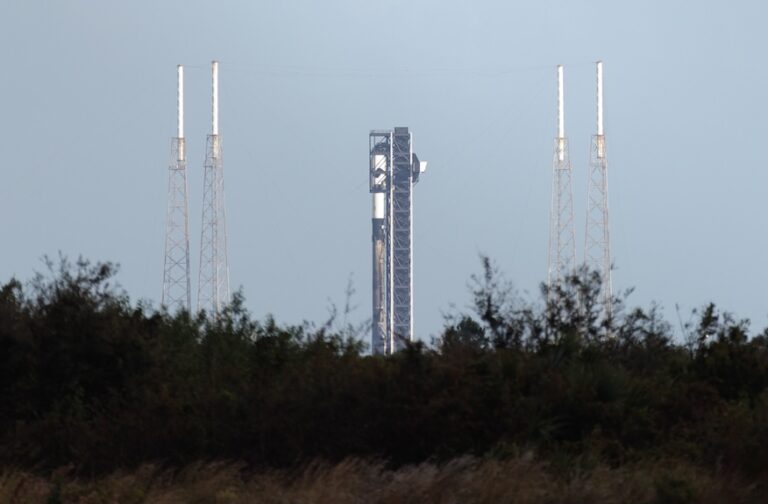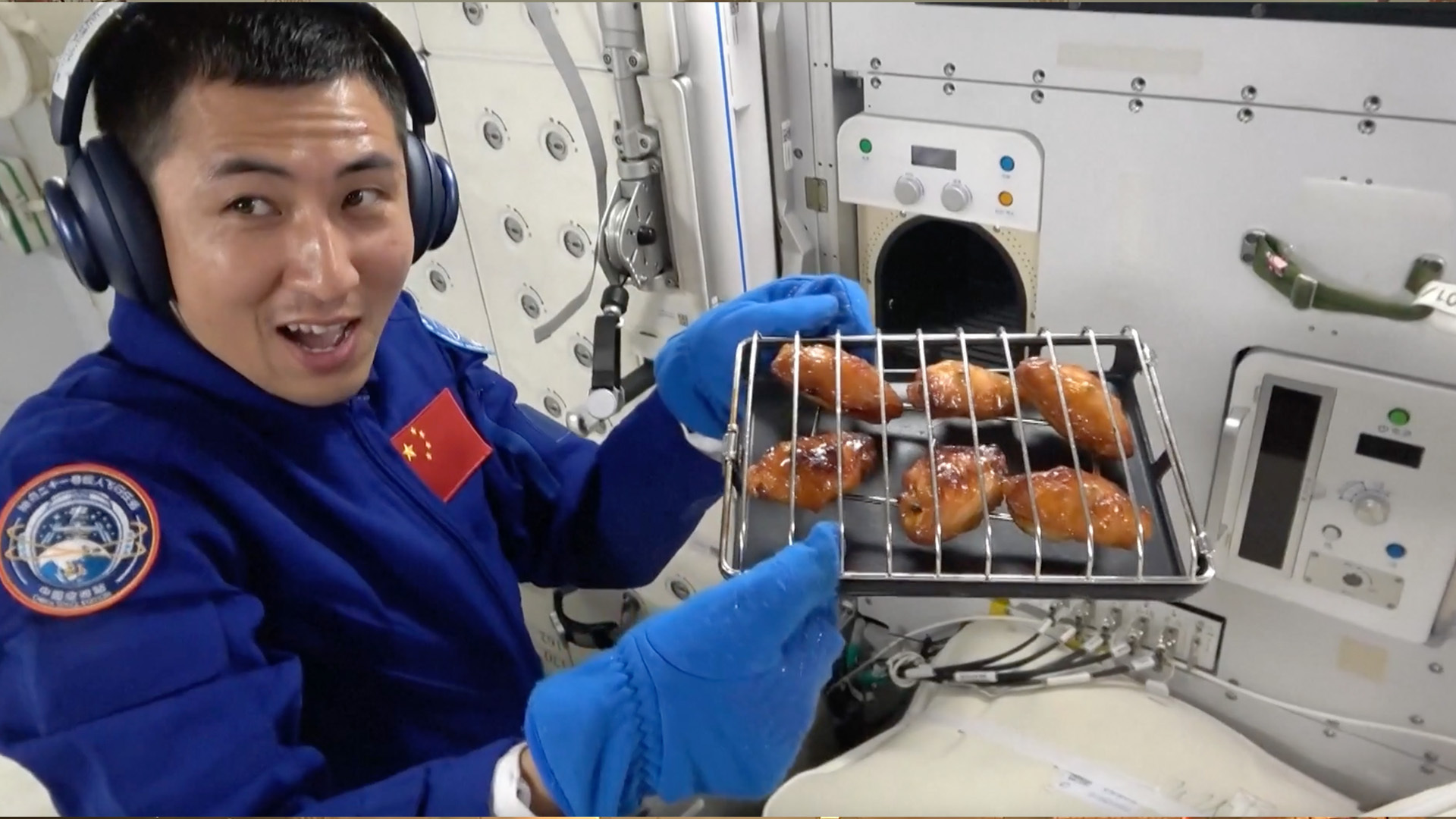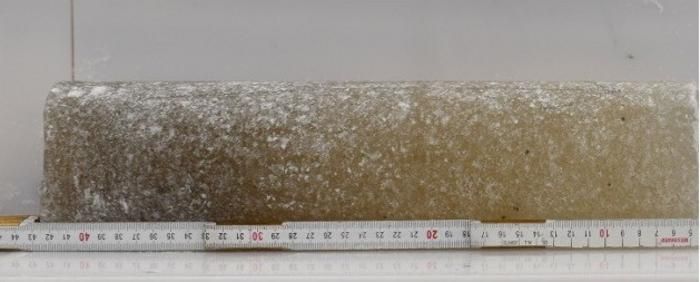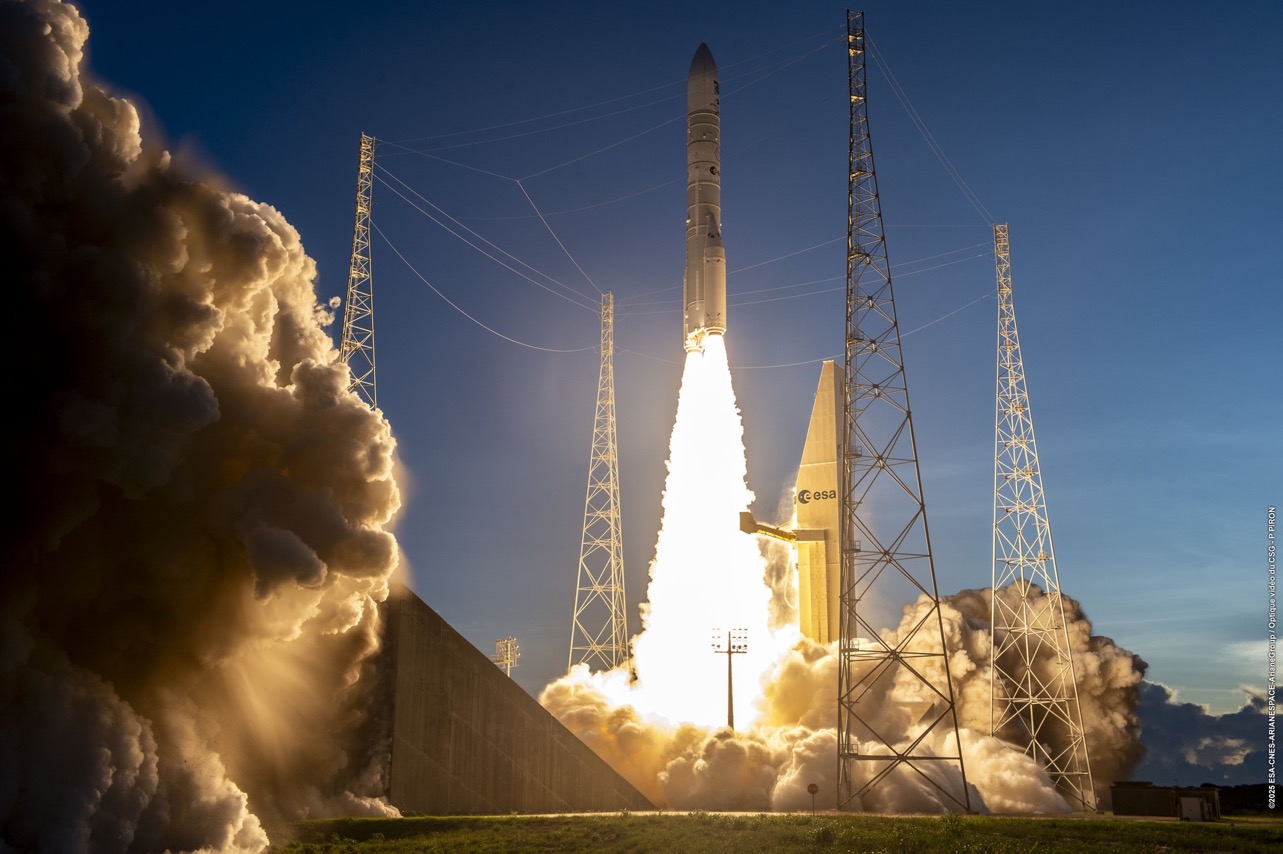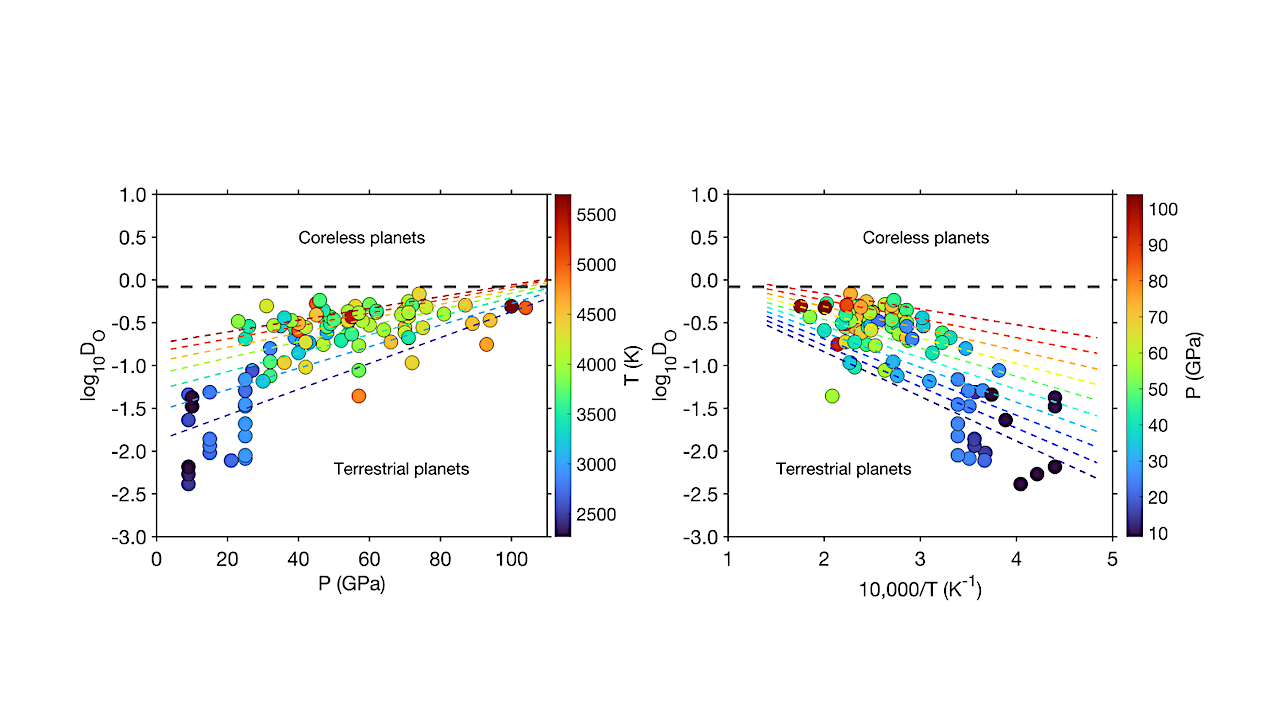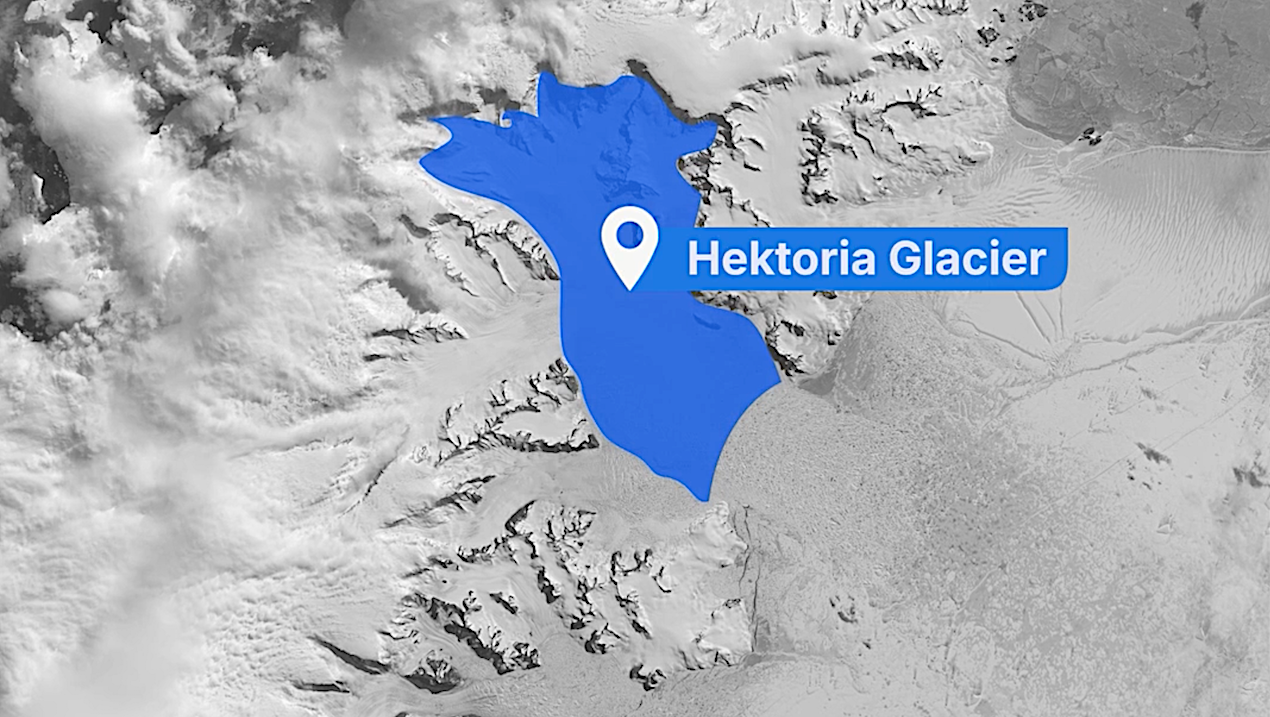London — Warsaw Increasing tensions with Russia have prompted defense spending boosts throughout Europe that will benefit fledgling smallsat launcher companies across the continent. But Europe is still years away
Hot Posts809- Page
Using the James Webb Space Telescope, astronomers have discovered a ravenous supermassive black hole that existed during a period of the cosmos called “cosmic noon” that occurred around 4 billion
WASHINGTON — The White House said Nov. 4 it is renominating Jared Isaacman to be NASA administrator, the latest twist in an unprecedented saga over the agency’s leadership. In a
File: A Falcon 9 rocket stands in the launch position at Space Launch Complex 40 (SLC-40) at Cape Canaveral Space Force Station ahead of the planned liftoff of the Starlink
They may not have all the fixins, but the astronauts aboard China’s Tiangong space station are sure eating well. A new oven delivered to Tiangong has been put to quick
Antarctica is far more than just a bucket-list destination for travelers and a home for penguins. It’s a veritable time machine, holding evidence from millions of years of Earth’s climatic
Arianespace, Europe’s leading launch service provider, successfully launched the Sentinel-1D Earth observation satellite on November 4, 2025, at 21:02 UTC. The flight, which marked the third launch of the Ariane
Black Friday 2025 is fast approaching, but we’re already seeing some worthy discounts, including 28% off the Govee Star Light Projector, which we rate as the best star projector for
TRAPPIST-1 Status Report astro-ph.EP November 4, 2025 Filed under astro-ph.EP, astrogeology, exoplanet, M-dwarf, TRAPPIST-1, TRAPPIST-1 b, TRAPPIST-1 c, TRAPPIST-1 d, TRAPPIST-1 e, TRAPPIST-1 f, TRAPPIST-1 g Core–mantle partition coefficient of
Hektoria Glacier on Antarctica’s Eastern Peninsula experienced the fastest retreat recorded in modern history—in just two months, nearly 50 percent of the glacier disintegrated. This video illustrates how and why
-
 012024 in Review: Highlights from NASA in Silicon Valley
012024 in Review: Highlights from NASA in Silicon Valley -
 02Panasonic Leica Summilux DG 15mm f/1.7 ASPH review
02Panasonic Leica Summilux DG 15mm f/1.7 ASPH review -
 03How New NASA, India Earth Satellite NISAR Will See Earth
03How New NASA, India Earth Satellite NISAR Will See Earth -
 04And Thus Begins A New Year For Life On Earth
04And Thus Begins A New Year For Life On Earth -
 05Astronomy Activation Ambassadors: A New Era
05Astronomy Activation Ambassadors: A New Era -
06SpaceX launch surge helps set new global launch record in 2024
-
 07Space Force plans new ‘Futures Command’ amid pressure to speed up modernization
07Space Force plans new ‘Futures Command’ amid pressure to speed up modernization


